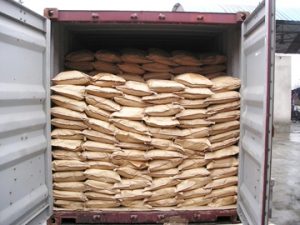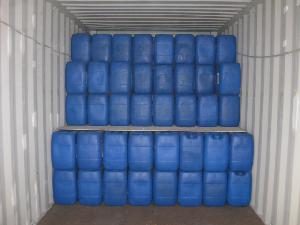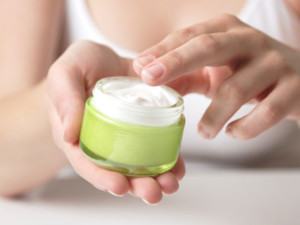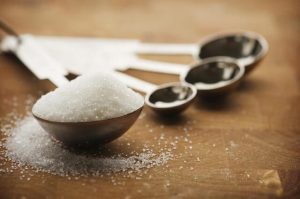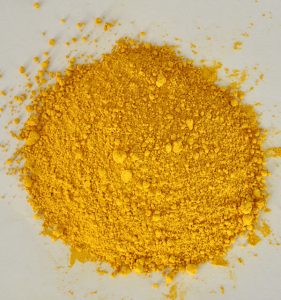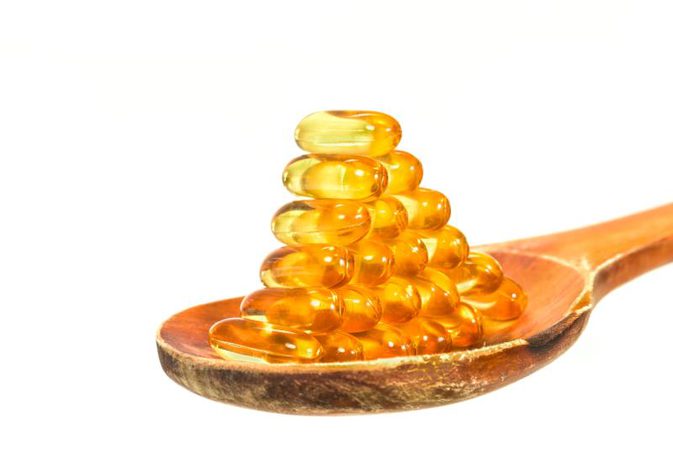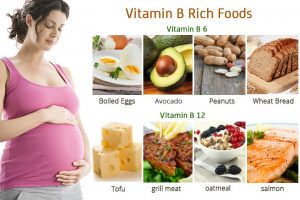Applications and Uses of Dl-Methionine
DL-Methionine is used in Food, Beverage, Pharmaceutical, Health & Personal care products, Agriculture/Animal Feed/Poultry. DL-Methionine is an amino acid supplement used as nutritional supplement and food additive. DL-Methionine is used throughout the food and beverage industry as a food additive to help enhance the features of meats and poultry products. It is a white crystalline powder which is a major component of protein composition and is obtained by splitting L-methionine and D-methionine.
DL-Methionine also can be used as an amino acid medicine, protector of the liver for liver cirrhosis as well astoxic hepatitis. It is also commonly used as an amino acid for animals to promote their overall health and well being.
DL-Methionine uses as follows:
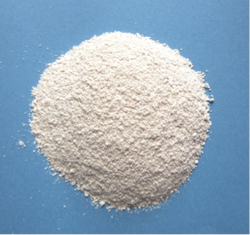
In Food
Dl-Methionine can used as nutritional supplement in food.
In Beverage
Dl-Methionine can be used in beverage.
In Pharmaceutical
Dl-Methionine is used in adjuvant therapy of pneumonia, cirrhosis and fatty liver treatment.
In Health and Personal care
Dl-Methionine used as Fragrance Ingredient; Hair Conditioning Agent; Skin-Conditioning Agent – Miscellaneous; ANTISTATIC; SKIN CONDITIONIN in Cosmetics and personal care products.
In Agriculture/Animal Feed/Poultry
DL-Methionine is the necessary growth factors in livestock animal. Dl-Methionine is widely used as nutritional supplement in Agriculture/Animal Feed/Poultry feed. Dl-Methionine is used as an amino acid for animals to promote their overall health and well being. Dl-Methionine is one of the essential amino acid needed for the healthy growth of poultry and pig,dog, cat. It has been used in both animal feed and aquaculture.
In Other Industries
Dl-Methionine is widely used as intermediate in various other industries.
- As intermediate: in manufacturing of various organic chemicals.

